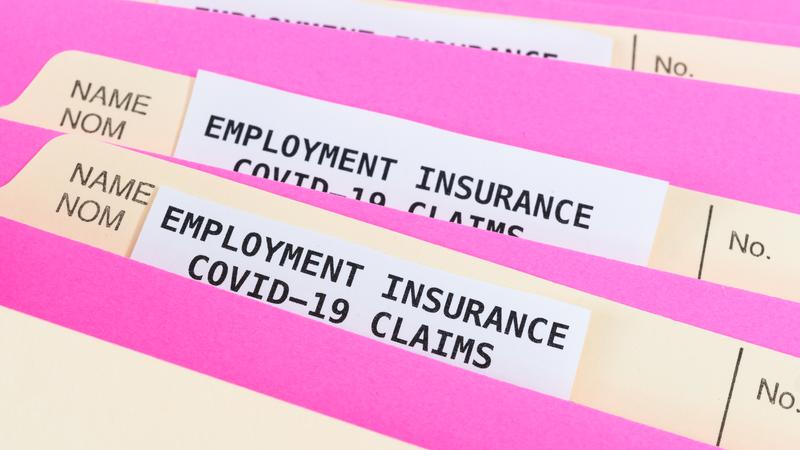
CHARBONNEAU: The rocky relationship between CERB, EI and getting back to work
WHILE PARENTS WORRY about sending their kids back to school in September, millions will be without work and without government assistance. The Canada Emergency Response Benefit (CERB) runs out in September. It provided $500/week to pay the rent and buy groceries.
The future looks especially bleak for those previously employed in the service sector. They represent the largest sector — three out of every four jobs. With isolation measures in place, many jobs in the food and tourist accommodation sectors are lost for a long time.
Without CERB, a cloud of debt hangs over the unemployed. Canadians owe $1.77 for every dollar available to spend as of June, 2020.
The holders of that debt face a problem as well. Banks were happy to see Canadians in debt as long as the credit cards, loans and mortgages were paid off with profitable interest. But what do banks do when Canadians can no longer pay debt?


